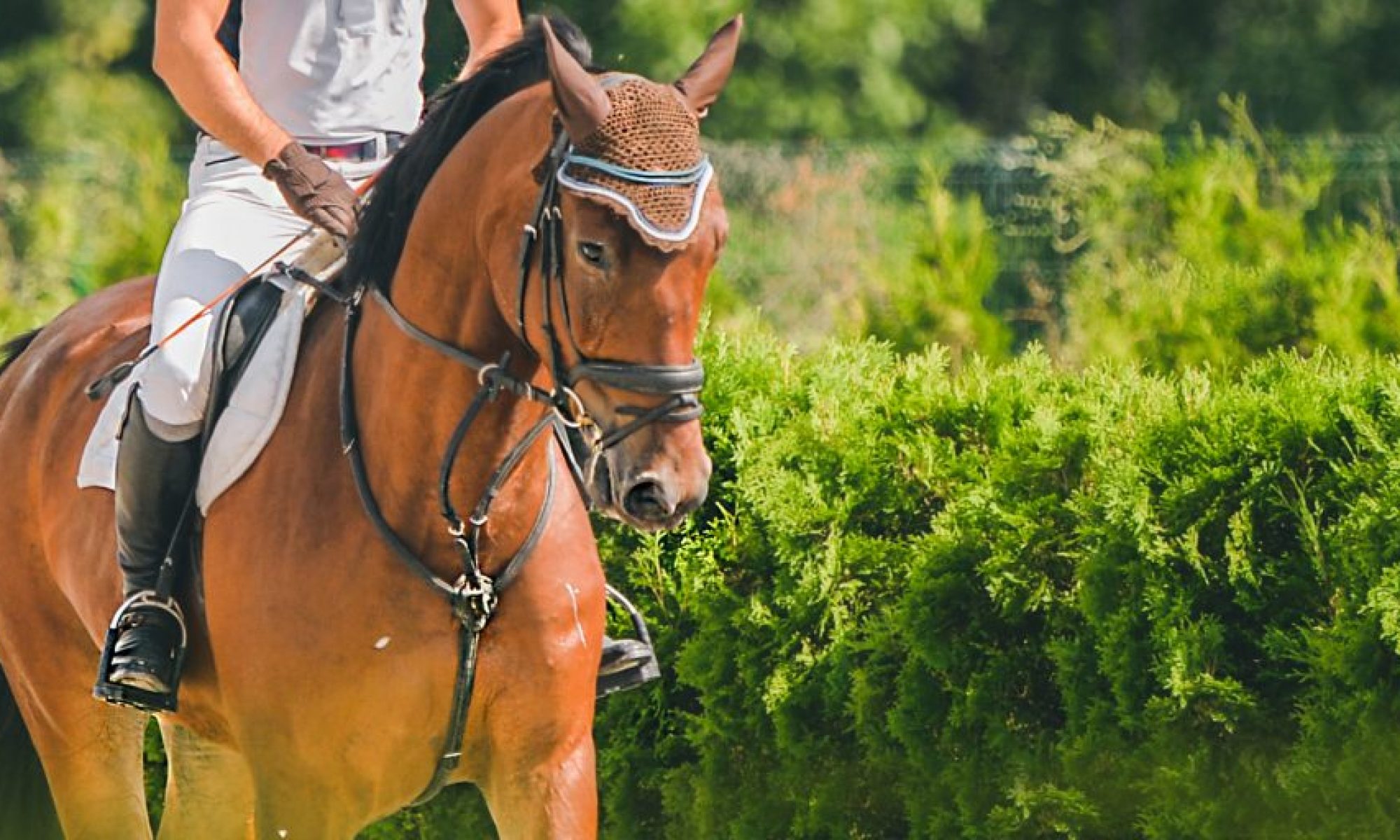This holiday season, as we reflect on all that we are grateful for this year, let’s not forget our wonderful animal companions that are grateful too. These rescue animals came from situations in which they were neglected and/or abused, so finding a furever home where they are loved and appreciated is exactly what they needed and deserved. Check out some of these unfurgettable stories.
Snoopy’s Story
Rescued by Penny & Wild from a hoarding situation in Little Havana, Miami, alongside 36 other rabbits living in horrific conditions, Snoopy, a Dwarf Hotot/Havana rabbit mix, had an infection in his lips from being repeatedly attacked by another rabbit. Penny & Wild took Snoopy to the veterinarian’s office where he underwent surgery, having his lips cleaned out and then stitched back together. Snoopy was then neutered and adopted by the Grossman family, who already had another rabbit named Bluebell who needed a buddy.
“Our vet told us there was a rescue near us in Parkland. We went and took a look and that was it,” recalls Adam Grossman, who has formed a deep bond with this resilient rabbit. “Snoopy is so friendly and personable. He’ll even jump in your lap when you’re watching TV.”
About Penny & Wild: Penny & Wild is a 501(c)(3) nonprofit, no-kill, 100% foster-based small-animal rescue specializing in rabbits and guinea pigs. Founded in 2021 by then-18-year-old Parkland resident Dylan Warfel after another rescue dropped its small-animals program, Penny & Wild’s primary goal is to save animals that won’t get a second chance: strays, animals on euthanasia lists, hoarding cases, and medical cases. For more information, visit www.pennyandwild.org.
Pingo’s Story
Pingo was found stuck in a car tire in Coral Springs after a heavy rainfall and brought to the United for Animals Rescue (UFAR) shelter. UFAR examined this kitten and found he was full of worms and fleas, had a hematoma in one leg, and was also sick with a cold. He received veterinary attention and was placed in foster care and nursed back to good health. During that time, Pingo bonded with his foster family, who already had another cat and a dog.
A few weeks later, Pingo was returned to the shelter to be neutered and put up for adoption. His foster family visited him every day. It broke their hearts to see Pingo stuck in a crate, unable to run and play as he had at their house. Even their dog was depressed, as it missed playing with Pingo. Finally, after a week of being without this sweet kitten, his foster family decided to officially make Pingo part of the family.
About United for Animals Rescue: UFAR is a no-kill pet shelter, rescue, and adoption facility located in Margate that provides shelter for abandoned and abused companion animals. For more information, visit www.unitedforanimalsrescue.org.
Lilly’s Story
Lilly was rescued by the South Florida Society for the Prevention of Cruelty to Animals (SPCA) alongside 100 other farm animals from deplorable conditions in Redland. Unclaimed by her mother, the young goat was starving and still had her umbilical cord attached when rescuers arrived. Lilly was immediately bottle-fed by the organization’s vice president, before urinating on her rescuer and then falling asleep.
Christine Scepter, the South Florida SPCA’s executive director, took charge of Lilly’s care, bringing her to and from work every day to keep her on a regular bottle-feeding schedule. “She was never far from where I was,” recalls Scepter. “She thought I was her mommy.” As Lilly grew stronger, she spent time with the rest of the rescued goat herd and formed a bond with another goat named Drama.
Eventually, Scepter decided to adopt both Lilly and Drama. “Having a relationship with her has been filled with wonderful, funny, and endearing moments,” says Scepter. “She knows her name, and she gets jealous if I pay too much attention to Drama when she wants her time.”
About the South Florida SPCA: This SPCA is a charitable organization dedicated to rescuing and rehabilitating horses and other livestock, and then safely rehoming them across the country. The organization does not adopt animals back into the food chain. For more information, visit www.spca-sofla.org.
Biggs’ Story
Biggs, a 5-year-old American Staffordshire terrier, was rescued by “Tails from the Barkside” after a plea from Broward County Animal Care. Biggs was emaciated and anemic, and he could barely walk. Tails from the Barkside immediately took him to the veterinarian’s office where he spent 10 days receiving love, care, and the medical attention he desperately needed. Slowly, Biggs began to trust humans again.
Months later, after proper training and socialization by Tails from the Barkside, Biggs was adopted by a loving family. Unfortunately, four years after being rescued, Biggs was diagnosed with lung cancer and passed last year.
About Tails from the Barkside: This pet rescue is a small, foster-based, and family-run 501(c)(3) organization based in Coral Springs. They work to save abused, neglected, and discarded dogs from the streets and local shelters in Broward and Miami-Dade counties. For more information, visit their Facebook page at www.facebook.com/TFTBS.



















